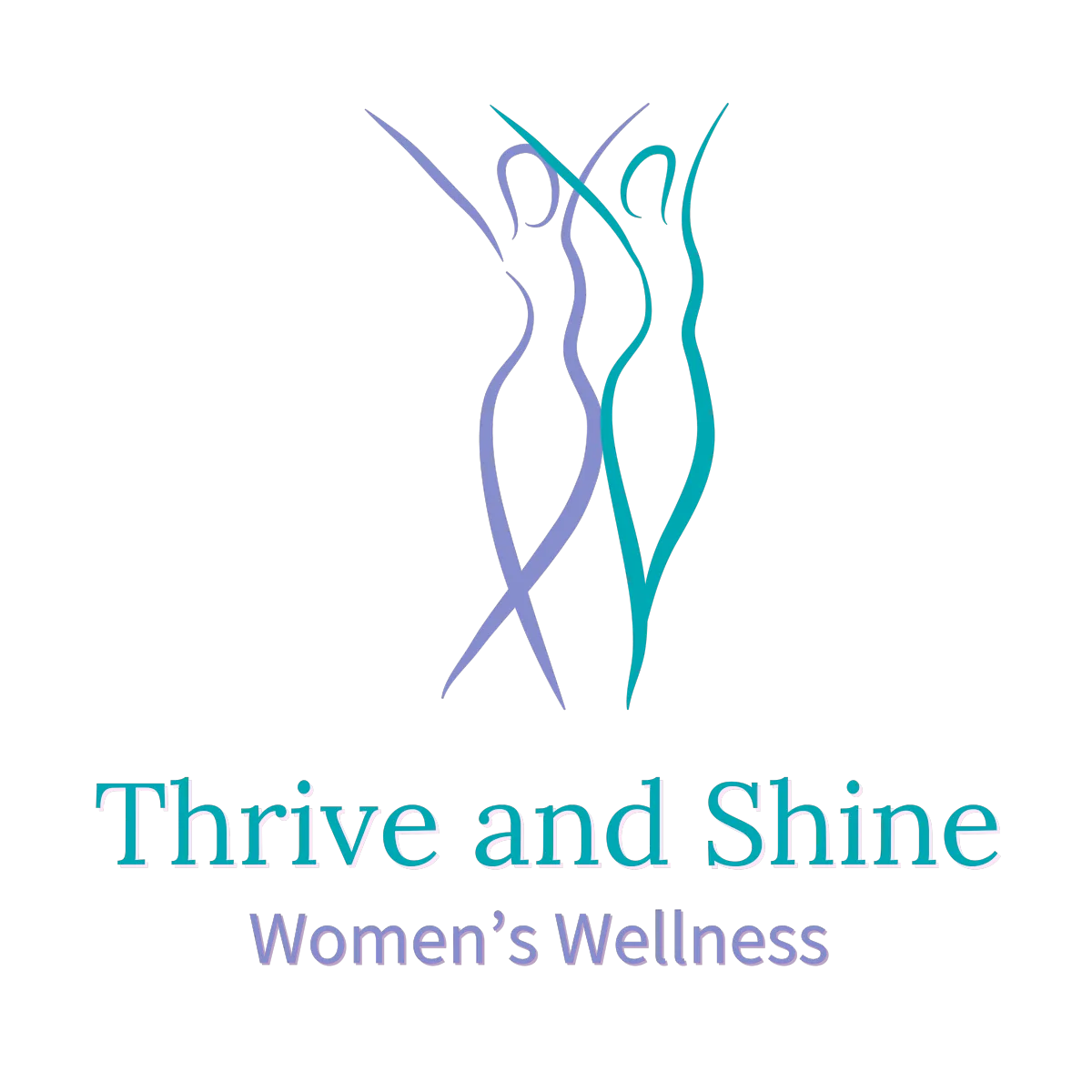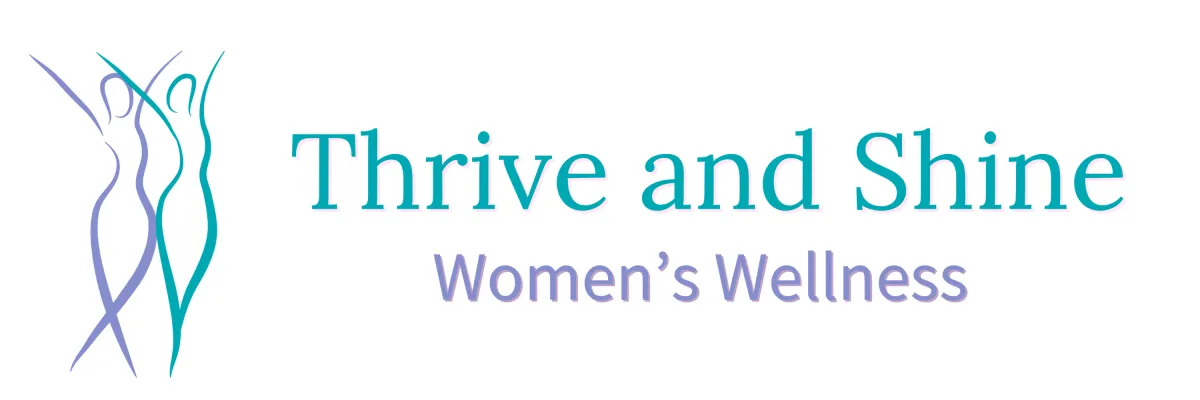BLOG
Step into Your Power. Learn, Transform, Thrive in Life Transitions. Embrace Your Best Self.

🎨 Creativity for Stress Relief: Why It Matters and How to Get Started
🎨 Creativity for Stress Relief: Why It Matters and How to Get Started
By Roberta Bass, Women’s Health Physiotherapist
Thrive and Shine Women’s Wellness | Making Sense of Women’s Health Podcast
Looking for natural ways to manage stress and anxiety? Creative expression could be the answer — and it doesn’t require artistic talent or expensive materials.
In this blog, I’m exploring the link between creativity and mental health, how it helps reduce stress, and how women in midlife, postnatal recovery or menopause can start adding it into their weekly routine — even in just 10 minutes a week.

Why Creativity Helps With Stress
Stress is behind so many symptoms I see in clinic — from poor sleep and fatigue to chronic pain, overwhelm and anxiety. This is especially true during perimenopause and postnatal recovery.
Often, what’s missing is a way to pause, process, and reconnect with ourselves emotionally — without having to talk through everything. Creative expression allows exactly that. It’s not about producing something perfect; it’s about giving your brain and body space to unwind.
My Personal Creative Outlet
For me, theatre has always been my creative sanctuary. I’m part of an amateur dramatic society and love everything from performing and directing to creating costumes.
It gives me:
Structure
Joy
A creative challenge
A strong sense of community
I also love art and pastels when I can find the time — that stillness and mental focus is incredibly calming. You might find the same through completely different outlets.
The Science Behind Creativity and Mental Health
Creativity doesn’t just feel good — it’s proven to help us feel better.
A 2016 study found that 45 minutes of art-making lowered cortisol levels, even in people with no artistic background.
Creativity increases dopamine (your motivation and mood neurotransmitter), improves heart rate variability, and supports the immune system. Activities like drawing, storytelling, music or dance stimulate areas of the brain linked to emotional regulation, resilience, and self-reflection.
How to Find Your Creative Outlet
You don’t need to be a painter or performer to benefit. Your creativity might show up in music, gardening, movement, or even planning events. Ask yourself:
What have I lost myself in before?
Do I enjoy structure (like following patterns or recipes) or free flow?
Do I prefer solo reflection or shared experience?
From there, you'll know whether to try something quiet and individual like painting — or expressive and community-driven, like group singing or theatre.
Getting Started (Even When You’re Busy)
Start small:
Set aside just 10–15 minutes a week
Try half an hour on a Sunday evening
Leave your materials visible (pens, instruments, journals)
Focus on feeling good, not being good
Remember, the goal is stress relief — not perfection.
Creative Activities to Try
Here are a few stress-relieving, accessible creative ideas for women at any stage:
Drawing, painting, colouring books, or digital art
Singing, dancing, or learning a musical instrument
Journaling (stream-of-consciousness, gratitude, or mixed-media)
Gardening or arranging flowers
Cooking creatively or inventing recipes
Scrapbooking, sewing, or making something with your hands
Community theatre, directing, set design
Planning or leading creative projects or events
All of these activities support mental clarity, nervous system regulation, and emotional well-being.
Why It Matters
Many women tell me they “used to enjoy” creative hobbies but now feel too tired or busy to try. But what if that creative outlet is the very thing that helps you feel more like yourself again?
This isn’t about being artistic. It’s about creating space to feel calm, clear and connected — without pressure or expectation.
Final Thoughts
You don’t need a perfect outcome — just a process that gives you space to breathe.
So this Mental Health Awareness Week, ask yourself: what creative outlet have I been missing?
Whether it’s singing in the kitchen, journaling on your lunch break, or joining a local arts group — it all counts. It all helps.
🎧 Listen Now
This blog is based on the latest episode of Making Sense of Women’s Health. If you’d like to explore the link between creativity and stress relief in more depth, listen to the full episode wherever you get your podcasts.
For personalised support, you can also explore CONTROL sessions, my Menopause MOT, or 1:1 appointments — all designed to help you feel calmer, more focused, and more like yourself again.

Sign up for our newsletter.
BLOG
Step into Your Power.
Learn, Transform, Thrive in Life Transitions.
Embrace Your Best Self.

🎨 Creativity for Stress Relief: Why It Matters and How to Get Started
🎨 Creativity for Stress Relief: Why It Matters and How to Get Started
By Roberta Bass, Women’s Health Physiotherapist
Thrive and Shine Women’s Wellness | Making Sense of Women’s Health Podcast
Looking for natural ways to manage stress and anxiety? Creative expression could be the answer — and it doesn’t require artistic talent or expensive materials.
In this blog, I’m exploring the link between creativity and mental health, how it helps reduce stress, and how women in midlife, postnatal recovery or menopause can start adding it into their weekly routine — even in just 10 minutes a week.

Why Creativity Helps With Stress
Stress is behind so many symptoms I see in clinic — from poor sleep and fatigue to chronic pain, overwhelm and anxiety. This is especially true during perimenopause and postnatal recovery.
Often, what’s missing is a way to pause, process, and reconnect with ourselves emotionally — without having to talk through everything. Creative expression allows exactly that. It’s not about producing something perfect; it’s about giving your brain and body space to unwind.
My Personal Creative Outlet
For me, theatre has always been my creative sanctuary. I’m part of an amateur dramatic society and love everything from performing and directing to creating costumes.
It gives me:
Structure
Joy
A creative challenge
A strong sense of community
I also love art and pastels when I can find the time — that stillness and mental focus is incredibly calming. You might find the same through completely different outlets.
The Science Behind Creativity and Mental Health
Creativity doesn’t just feel good — it’s proven to help us feel better.
A 2016 study found that 45 minutes of art-making lowered cortisol levels, even in people with no artistic background.
Creativity increases dopamine (your motivation and mood neurotransmitter), improves heart rate variability, and supports the immune system. Activities like drawing, storytelling, music or dance stimulate areas of the brain linked to emotional regulation, resilience, and self-reflection.
How to Find Your Creative Outlet
You don’t need to be a painter or performer to benefit. Your creativity might show up in music, gardening, movement, or even planning events. Ask yourself:
What have I lost myself in before?
Do I enjoy structure (like following patterns or recipes) or free flow?
Do I prefer solo reflection or shared experience?
From there, you'll know whether to try something quiet and individual like painting — or expressive and community-driven, like group singing or theatre.
Getting Started (Even When You’re Busy)
Start small:
Set aside just 10–15 minutes a week
Try half an hour on a Sunday evening
Leave your materials visible (pens, instruments, journals)
Focus on feeling good, not being good
Remember, the goal is stress relief — not perfection.
Creative Activities to Try
Here are a few stress-relieving, accessible creative ideas for women at any stage:
Drawing, painting, colouring books, or digital art
Singing, dancing, or learning a musical instrument
Journaling (stream-of-consciousness, gratitude, or mixed-media)
Gardening or arranging flowers
Cooking creatively or inventing recipes
Scrapbooking, sewing, or making something with your hands
Community theatre, directing, set design
Planning or leading creative projects or events
All of these activities support mental clarity, nervous system regulation, and emotional well-being.
Why It Matters
Many women tell me they “used to enjoy” creative hobbies but now feel too tired or busy to try. But what if that creative outlet is the very thing that helps you feel more like yourself again?
This isn’t about being artistic. It’s about creating space to feel calm, clear and connected — without pressure or expectation.
Final Thoughts
You don’t need a perfect outcome — just a process that gives you space to breathe.
So this Mental Health Awareness Week, ask yourself: what creative outlet have I been missing?
Whether it’s singing in the kitchen, journaling on your lunch break, or joining a local arts group — it all counts. It all helps.
🎧 Listen Now
This blog is based on the latest episode of Making Sense of Women’s Health. If you’d like to explore the link between creativity and stress relief in more depth, listen to the full episode wherever you get your podcasts.
For personalised support, you can also explore CONTROL sessions, my Menopause MOT, or 1:1 appointments — all designed to help you feel calmer, more focused, and more like yourself again.

Sign up for our newsletter.




